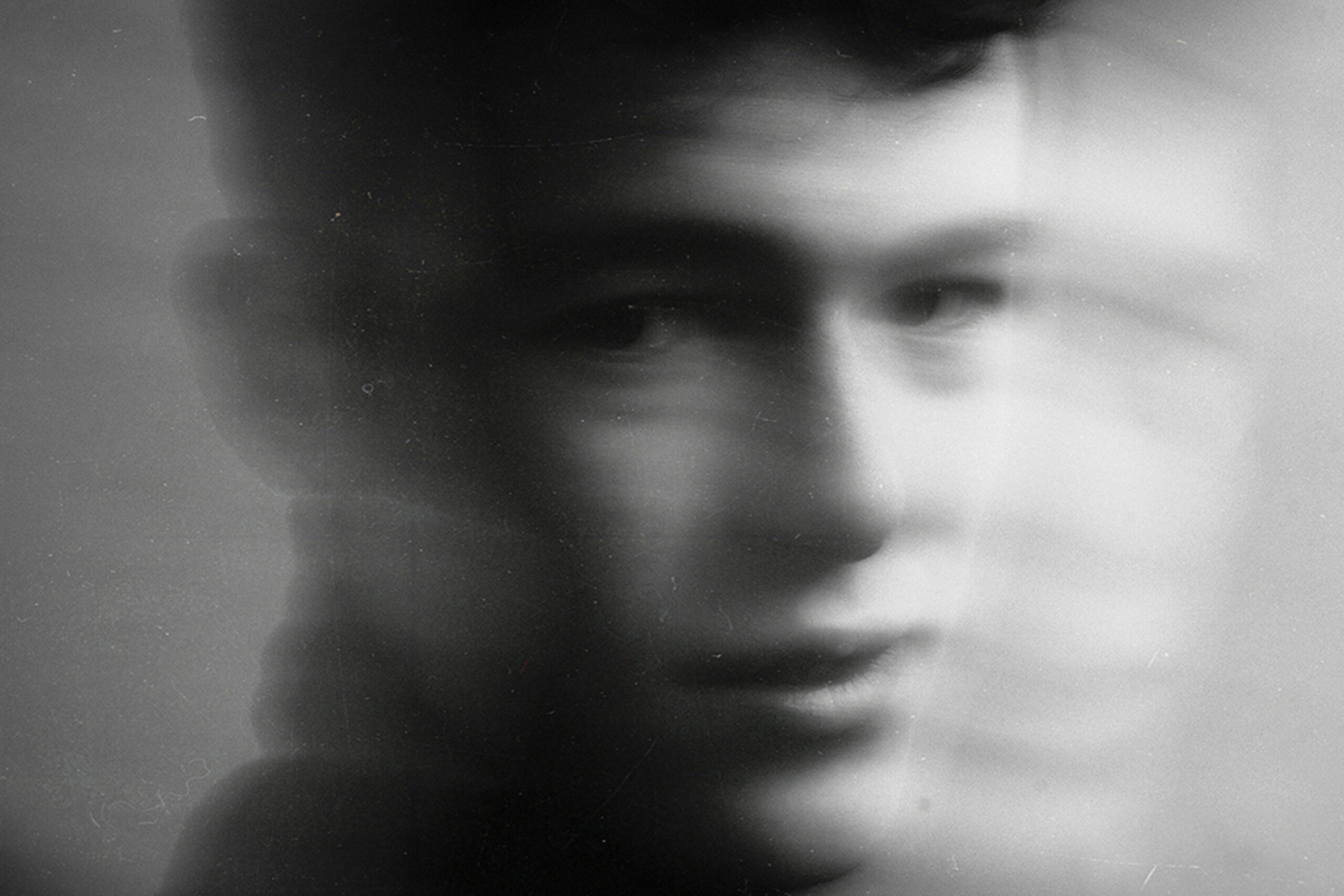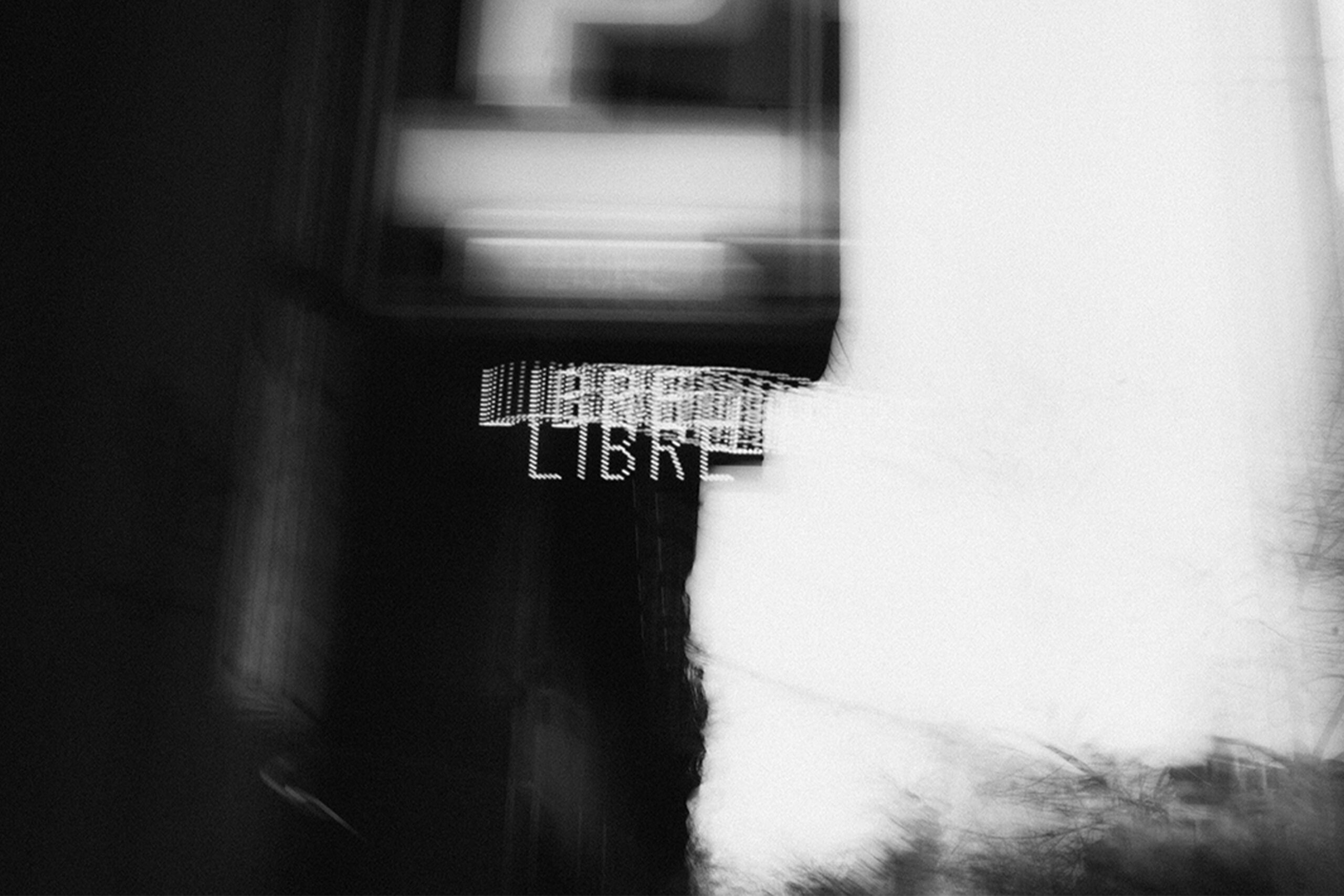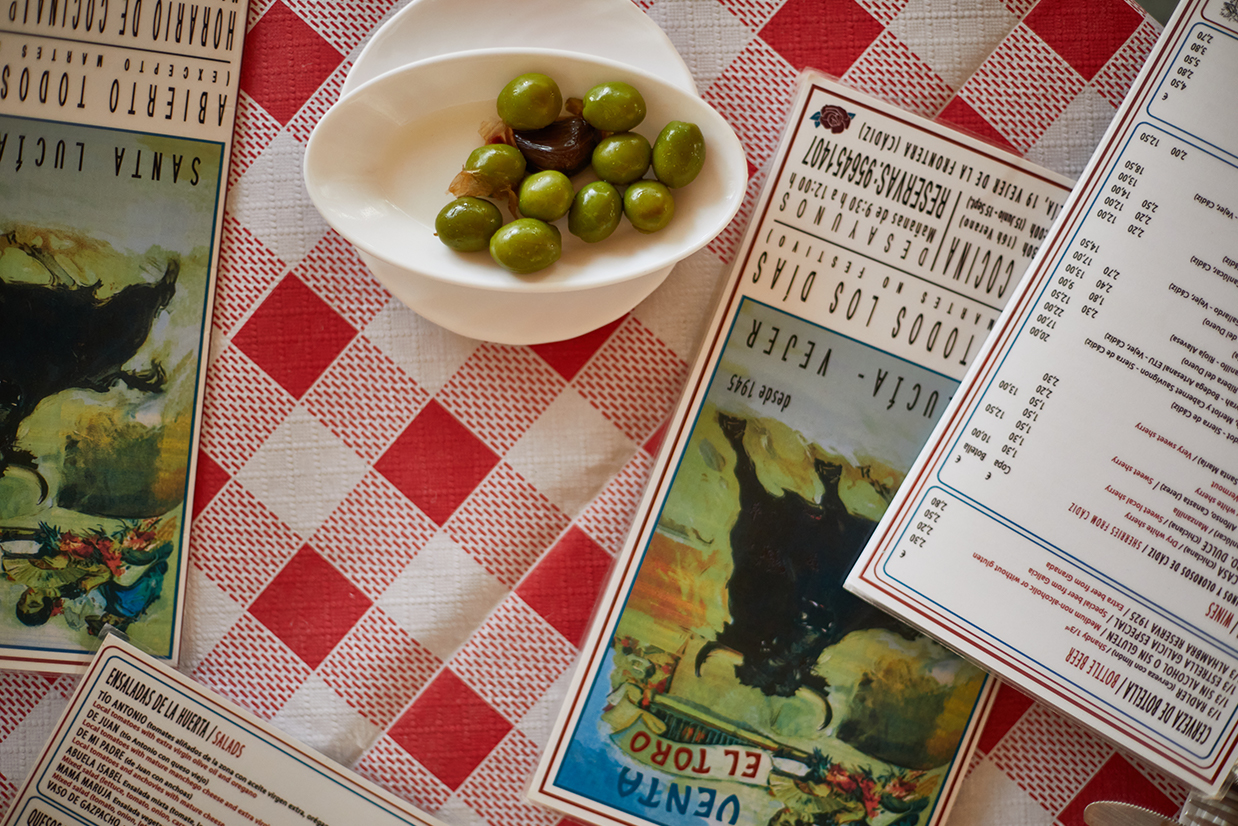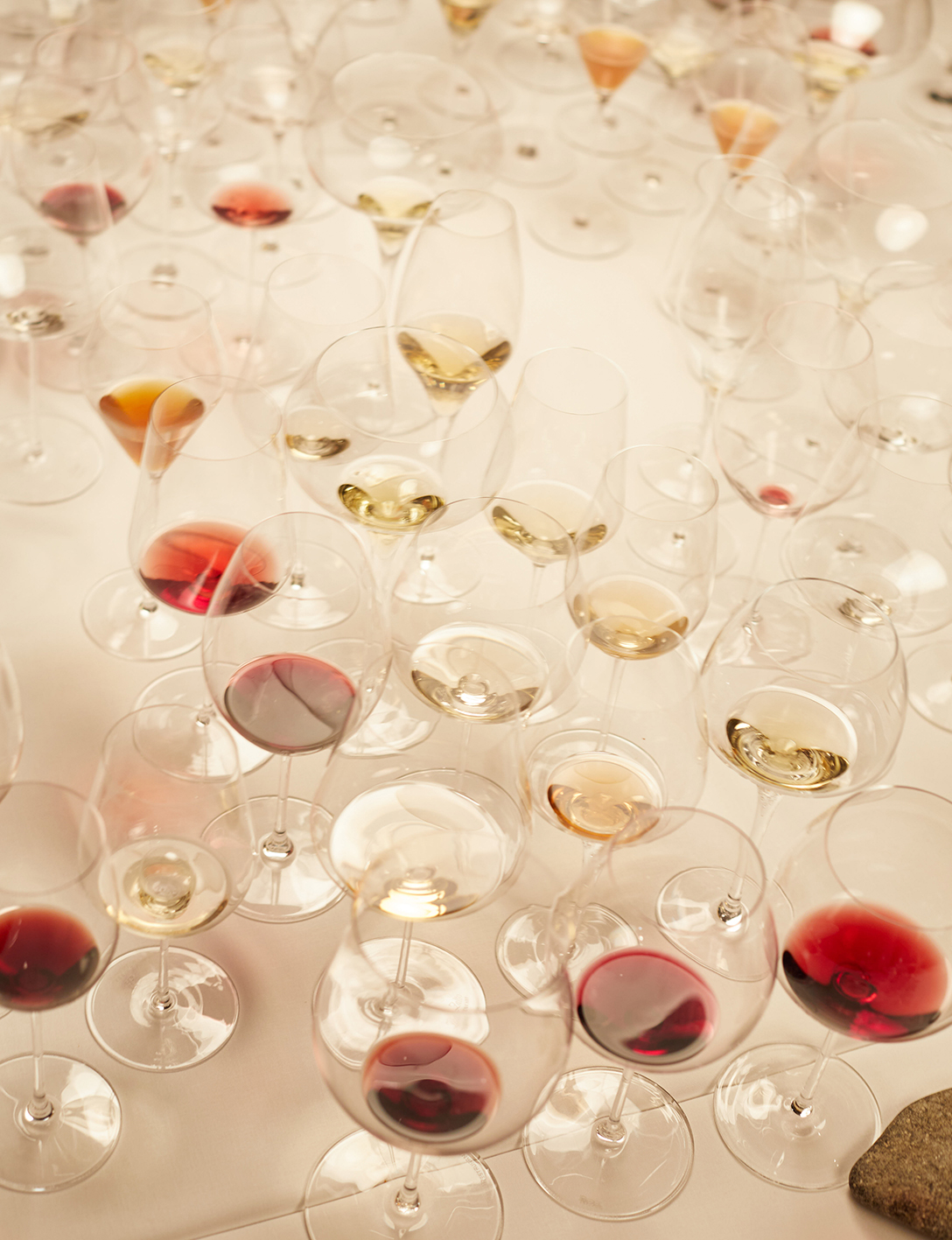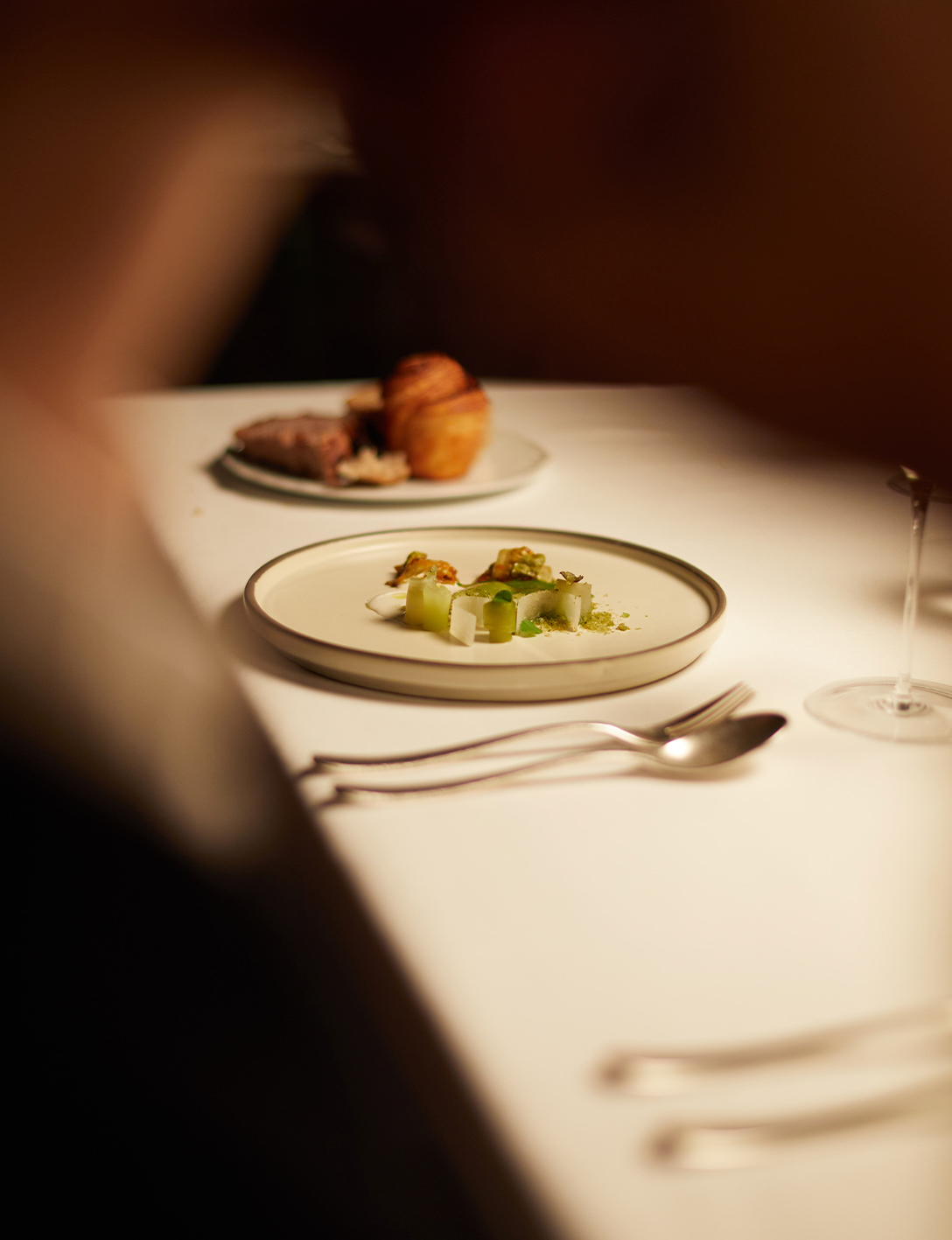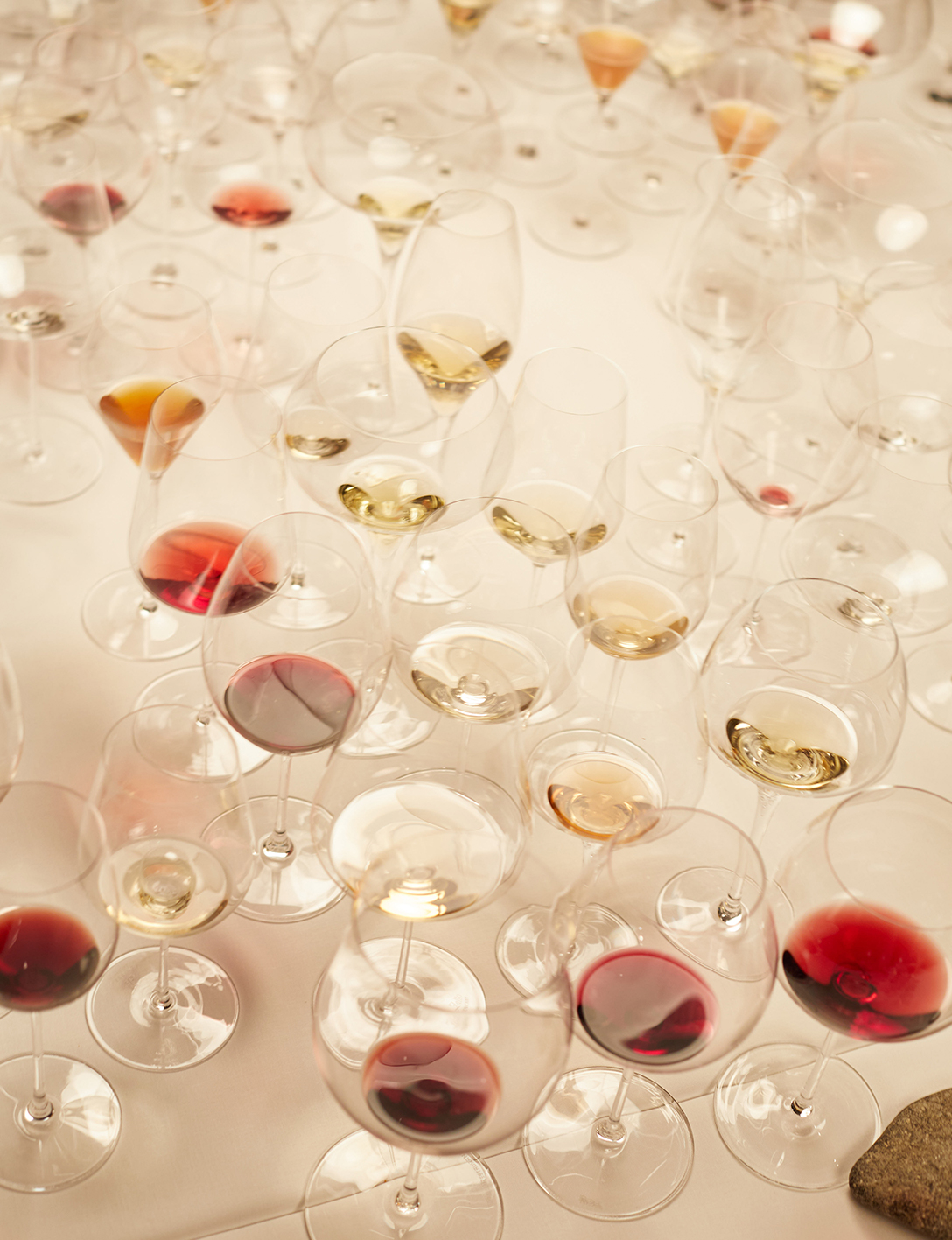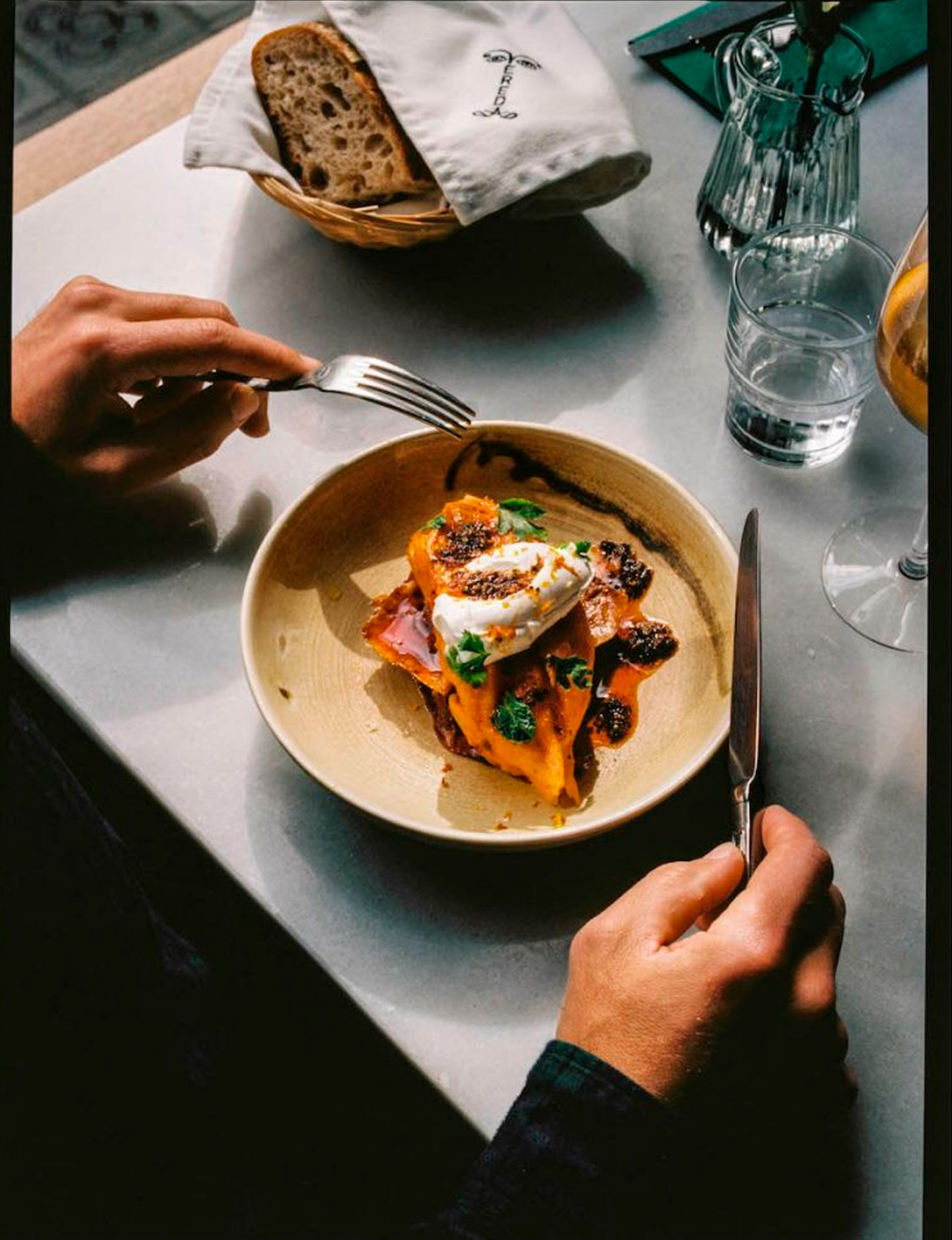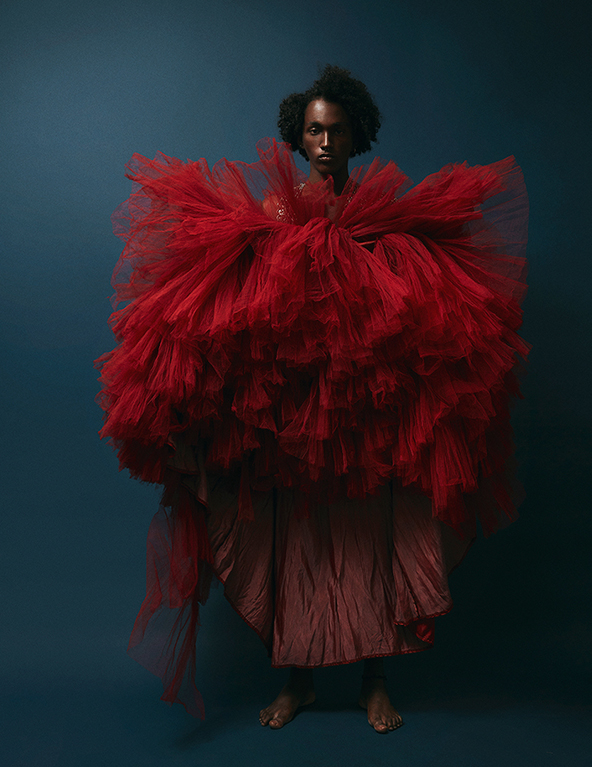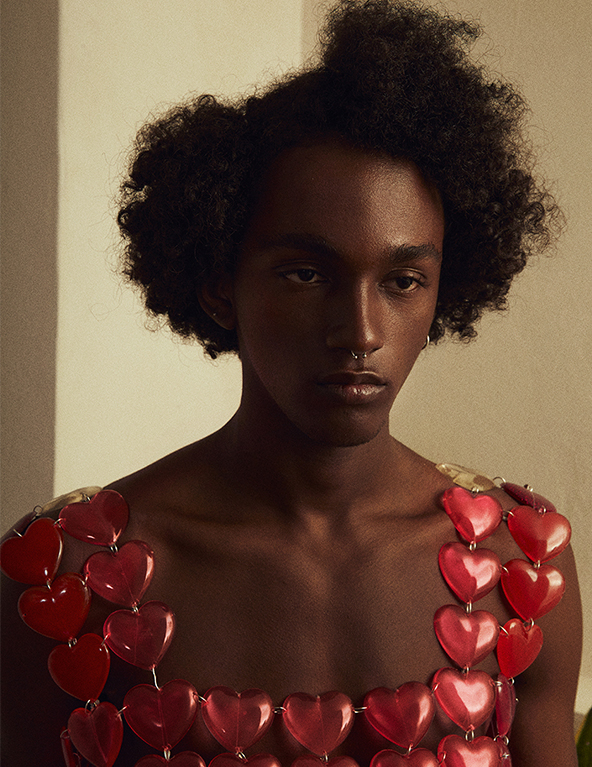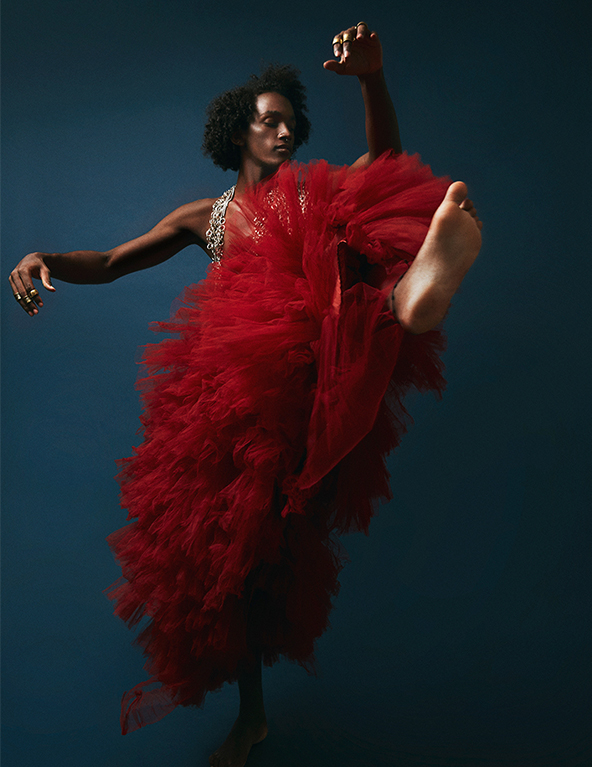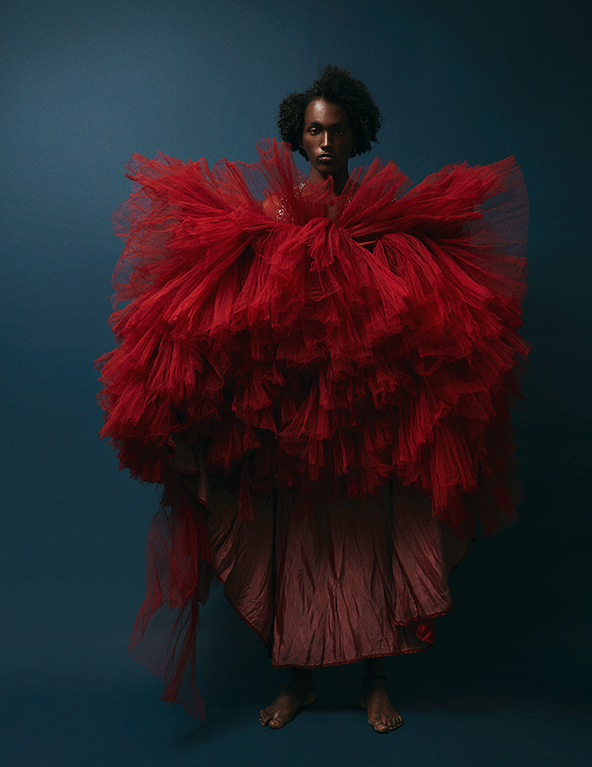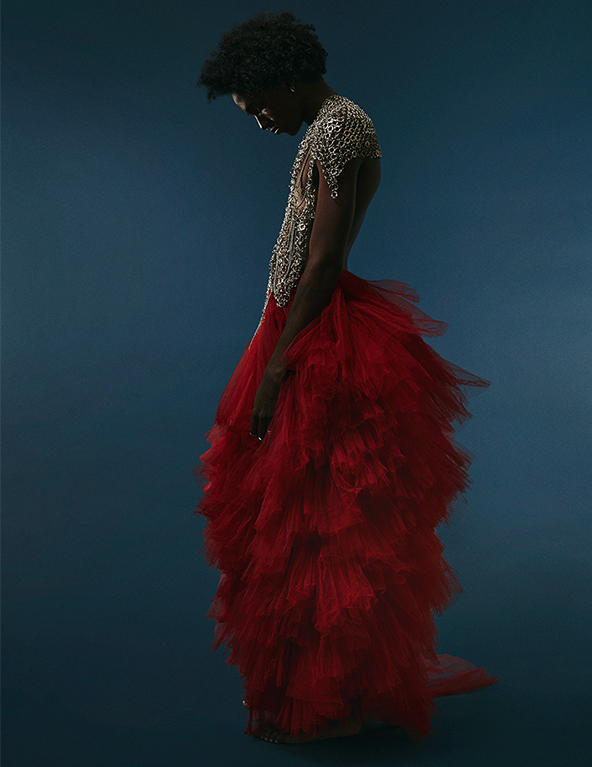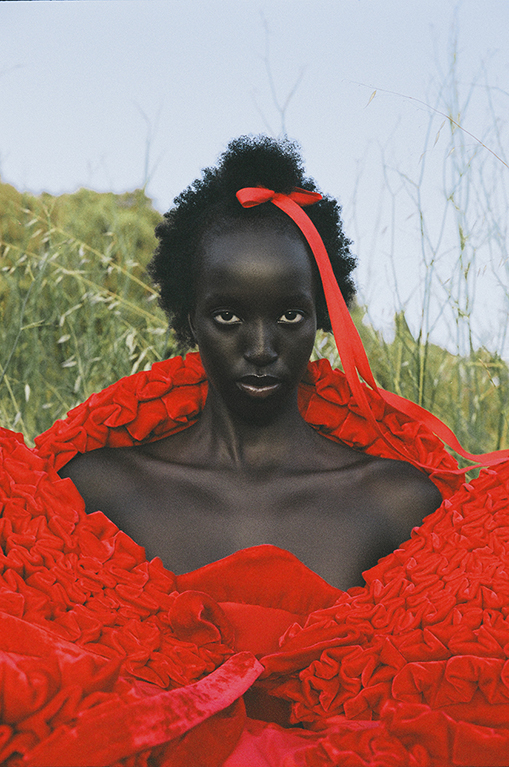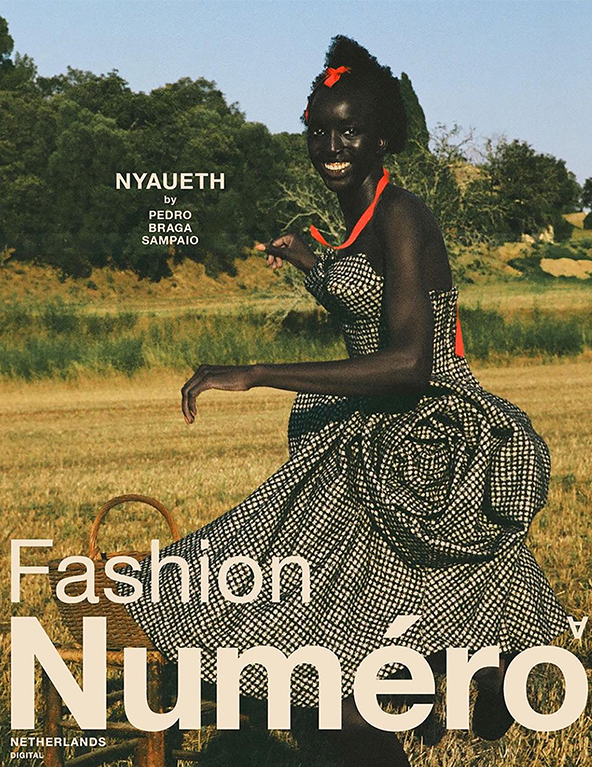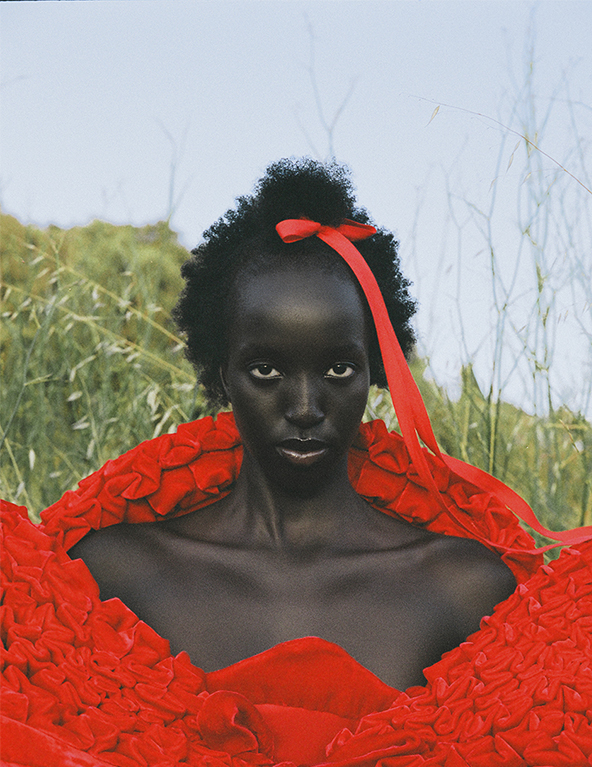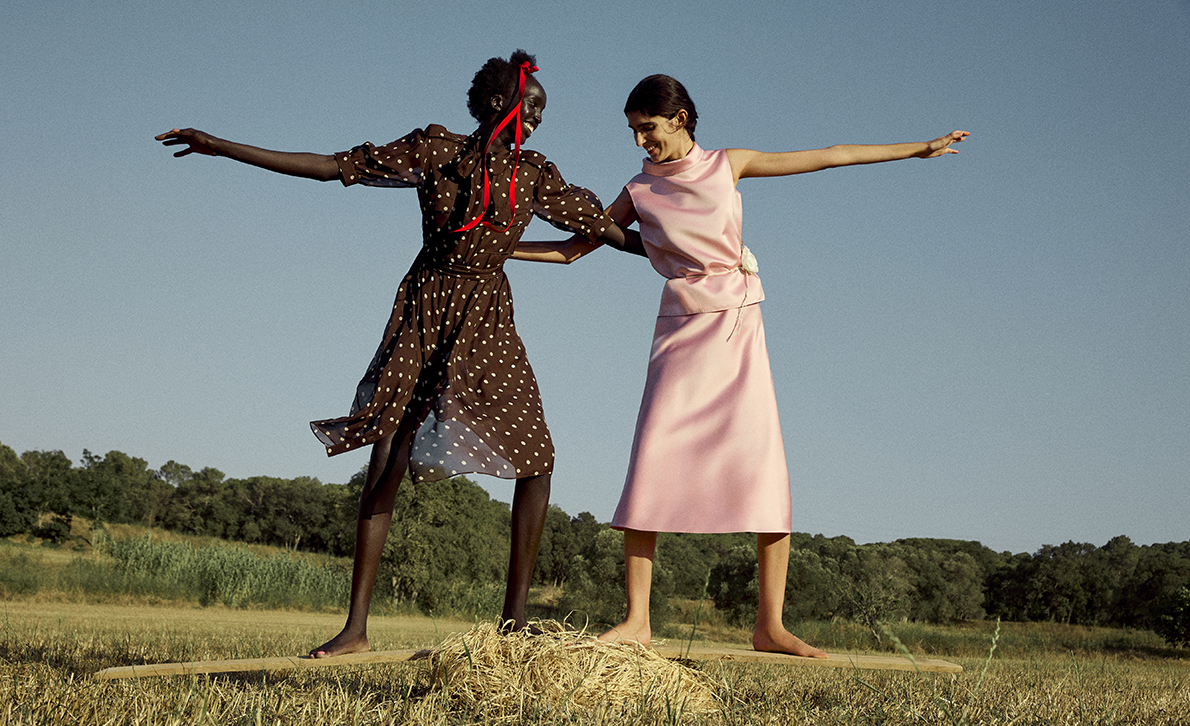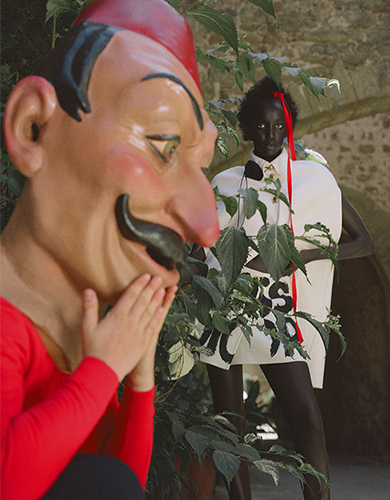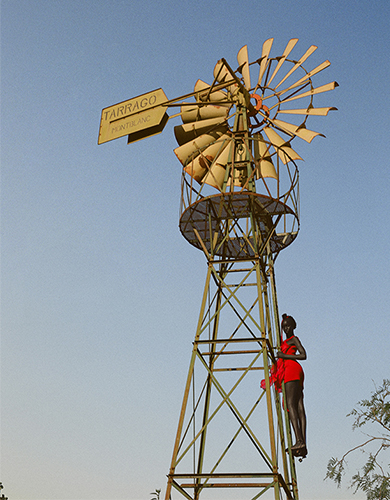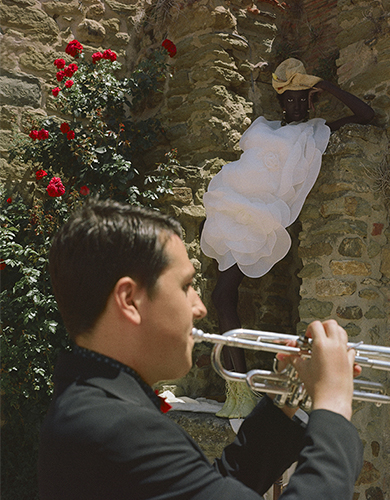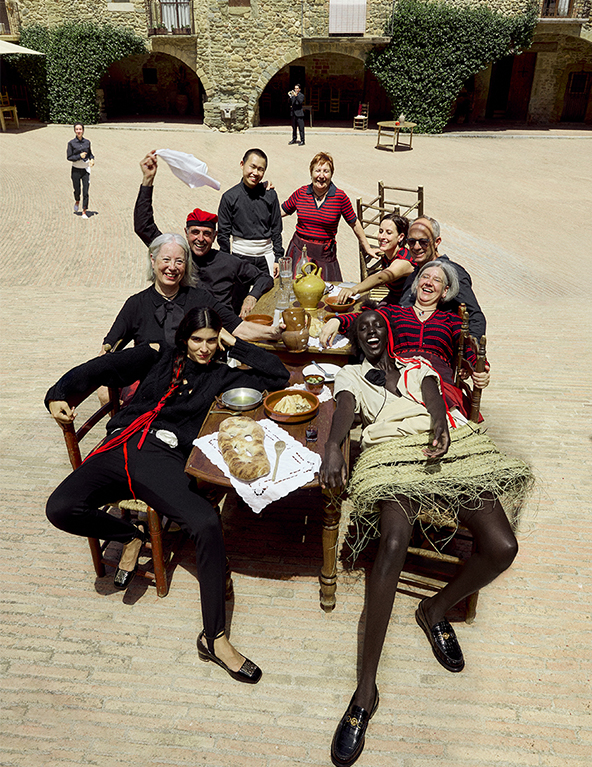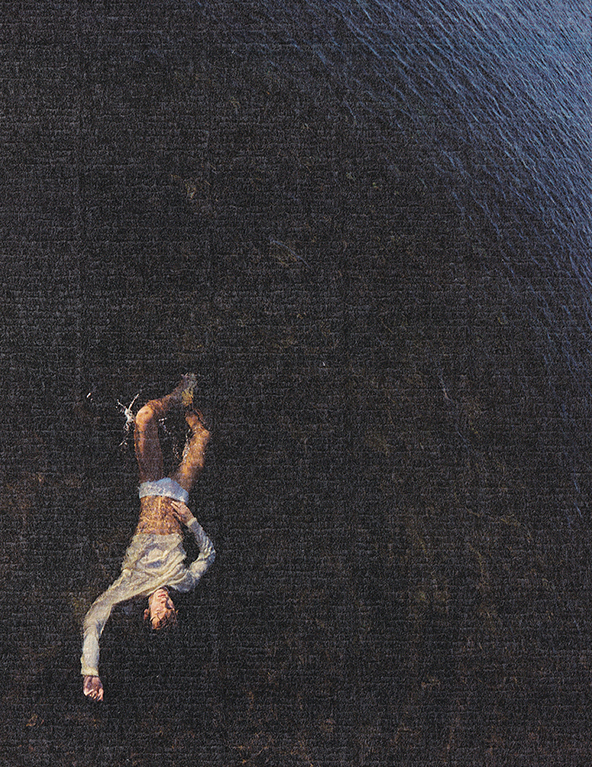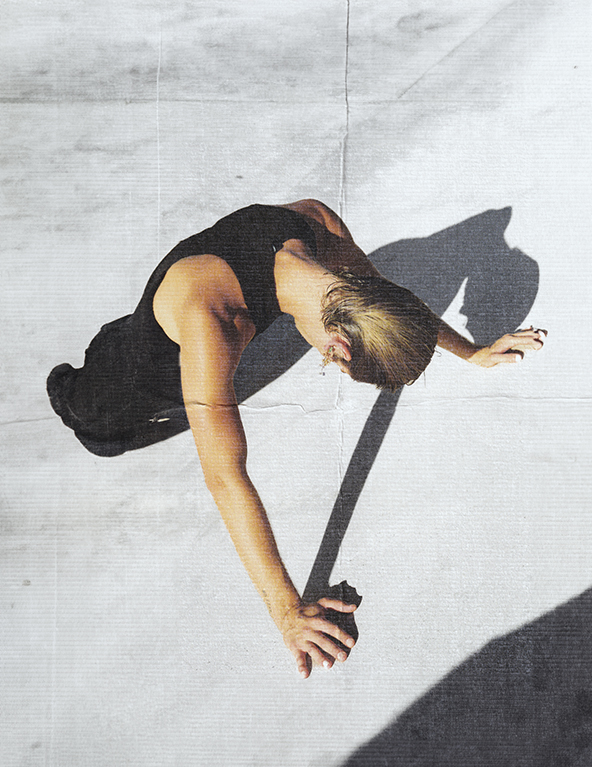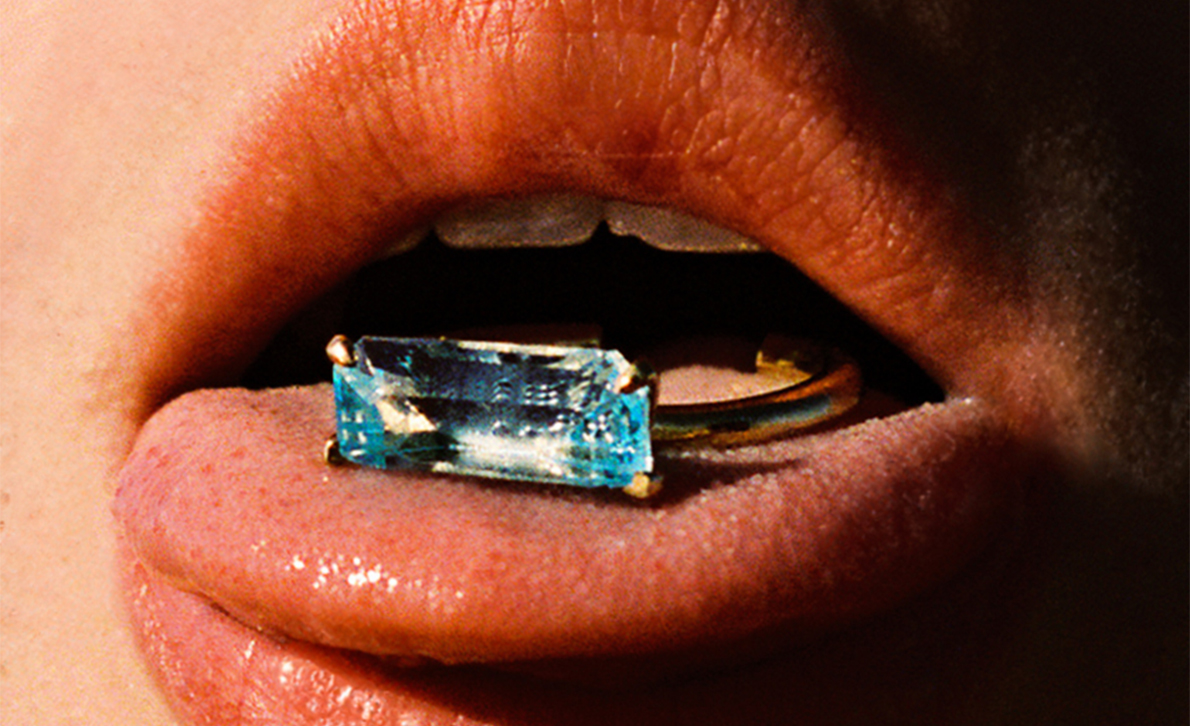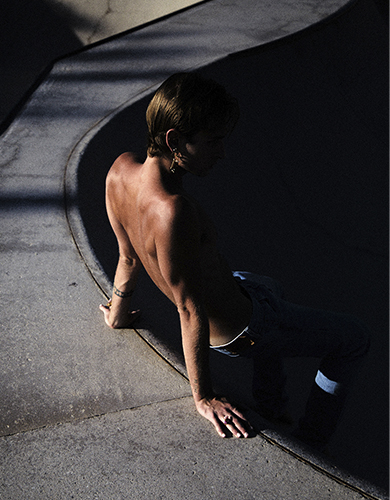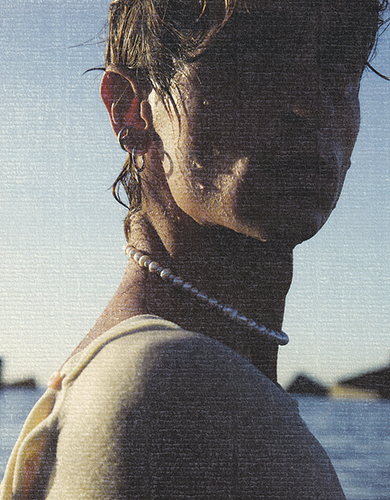Samson & Surrey
Beatriz Janer / Comercial
Roads & Kingdoms Andalucía
Beatriz Janer / Editorial
Número Netherlands
Pedro Braga / Editorial
Models: NYAUETH @nyauethriam & REBECA SOLANA @rebecasolana_
Photography: PEDRO BRAGA SAMPAIO @sampedrobraga
Digital Assistant: ANA FARDY @anafardy
Styling and Creative direction: ALEXANDRE DORNELLAS @adornellas
Beauty: JAMAL MUSA @jamal.musa_
Art direction: MARCELA REGNE @marcelaregne
Fashion production: SERGIO ROSA @rosa.dmngs
Film: LEONARDO PORTES @leonardoportes & DAVID ALESINA @david_alesina
Photography assistant: DANIEL MULFORD @dfmulford
Art assistant: FLAVIA RIBEIRO @flaviaribeiro
Retouch: ROMULO KOERICH @romulokoerich
Production: 8AM @8artistmanagement
Sardanas dancers: “Colles sardanistes Aires Gironins i Sempre Endavant del GEiEG de Girona”
Musicians: “Cobla La Principal de Banyoles”
Capgrossos (big head puppet): “Geganters de La Bisbal”
MMScene
Pedro Braga / Editorial
Models: BERNARDO @berbranco
Photography: PEDRO BRAGA SAMPAIO @sampedrobraga
Creative direction: PAULA GUIMARAES @guimpaula







